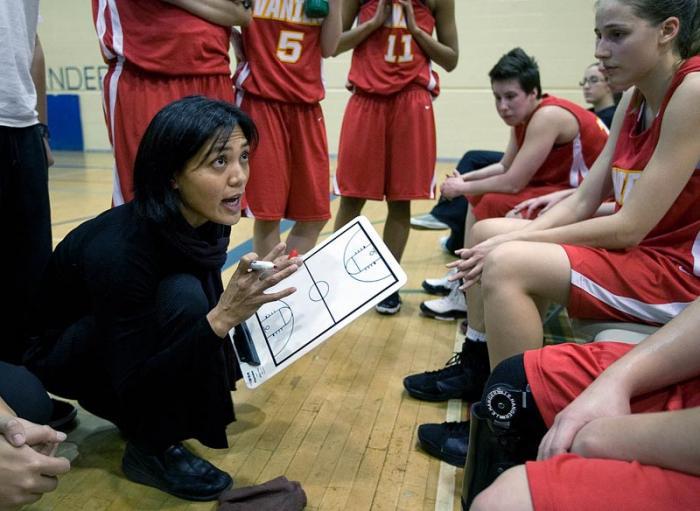
By Dr. Michael J. Hahesy |
Having been a coach for the past 30+ years, I’ve seen my fair share of good and bad coaches at all levels of sports – elementary school t-ball to Division I wrestling. While the difference between a good coach and a bad coach may seem tremendous, I believe by simply making a few small changes, any coach can become a good, effective one. The first step in becoming a good coach is being able to effectively identify your coaching style – Submissive, Dictator, or Cooperative.
The “Submissive” style of coaching can be described as sitting back and letting the athletes run the show. While this style of coaching has no place in youth sports – most kids are too young and too immature to handle this type of freedom – it is oftentimes a very effective style for elite athletes. While a fifth-grade basketball team needs specific instructions on fundamentals such as dribbling, elite basketball players like LeBron James do not need this type of hands-on instruction. Similarly, while a JV quarterback may need help on determining when to run or throw the ball, Tom Brady likely doesn’t need this type of instruction.
The “Dictator” style of coaching is one where the coach makes most, if not all, decisions, and the athlete’s role is to simply follow the coach’s commands. While this may have been the preferred coaching style many years ago, it’s become less and less popular as times (and athletics in general) have changed. This style does continue to be effective in certain circumstances today, however, such as enforcing rules, making personnel decisions, and following safety regulations. Most, if not all, of my high school coaches were Dictator-style coaches, and I still hold them in high regards.
The “Cooperative” style of coaching is one where the coach and the players work together to make decisions. The coach and players each have their own rules and expectations, and these are blended over time through cooperation, trust, and experience. By working together and blending ideas, the coach can adapt and stay current in the field. At the same time, the players feel respected by knowing that their thoughts and ideas are valued. This synergy helps the team to achieve a higher level of excellence. Each year I am amazed at the ideas of my team members. By combining those ideas with my own, I become a better coach and we become an overall better team.
I believe that the best coaches today are a combination of all three styles. In my tenure as a coach, I have gradually changed from a Dictator-style coach to a more Cooperative-style coach. As long as I continue to coach, I will need to change each and every year to stay successful. I know that athletes today still want to win every bit as much as athletes did years ago. As athletics change over time, we, as coaches, owe it to our players to change too.
Dr. Michael J. Hahesy is an Assistant Professor at Edinboro University of Pennsylvania and the head wrestling coach at Erie Cathedral Preparatory High School. He is also a member of the United States Sports Academy’s national faculty, credentialed to teach the institution’s post-seconary, non-degree programs overseas.